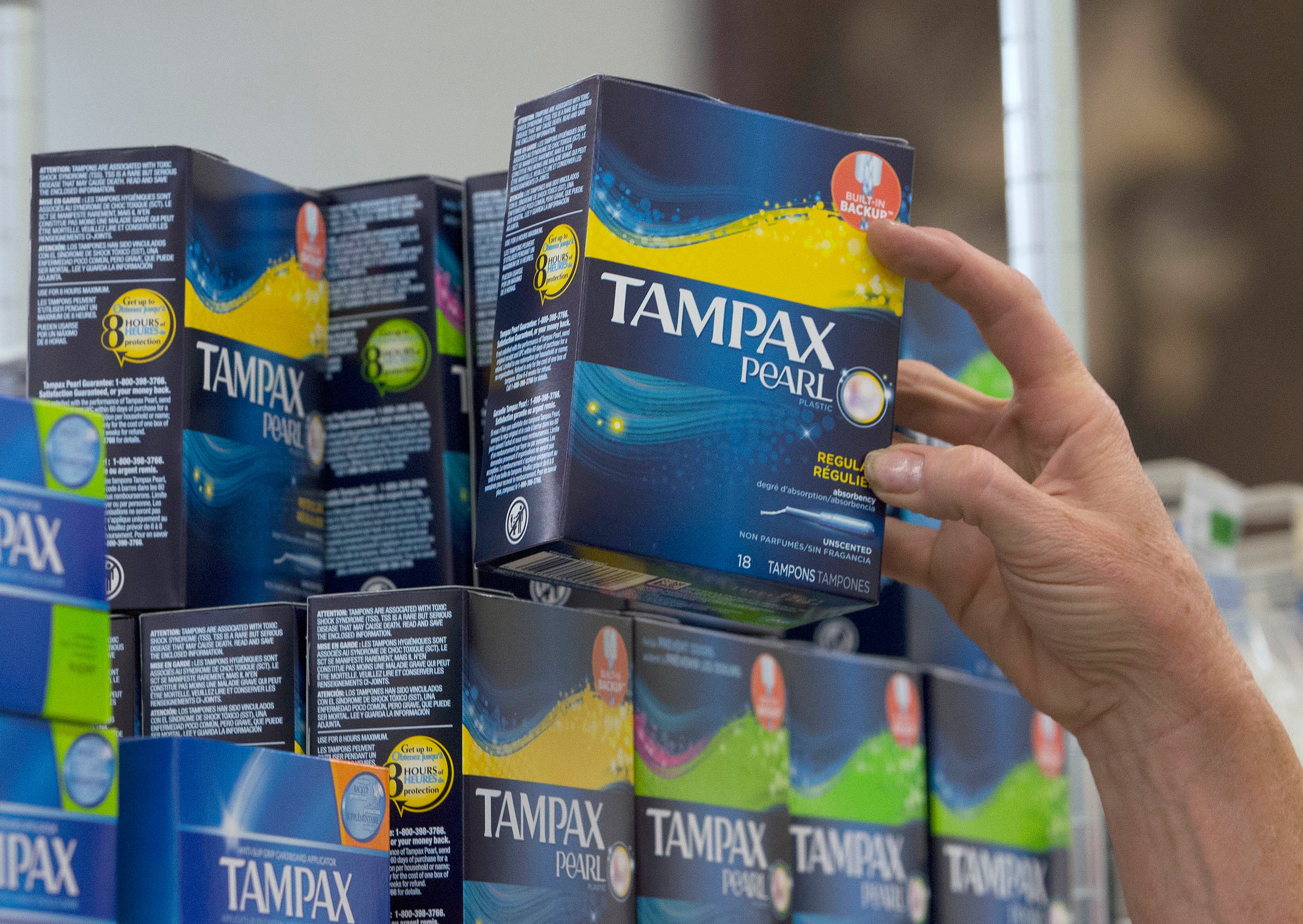Why is the US facing a tampon shortage?
Sanitary products become latest everyday essential to be hit by supply chain disruption

Tampons have become the latest essential care product to be hit by shortages, following the recent baby formula crisis in the US and hormone replacement therapy shortfall in the UK, as Reddit and Instagram users report empty shelves in pharmacies and supermarkets across North America.
The phenomenon was noticed by Time journalist Alana Semuels, who checked in with a wide range of retailers and suppliers for a recent article examining “the supply chain problem no one’s talking about” after coming across numerous posts online from women frustrated at not being able to obtain brands they have come to rely on.
“To put it bluntly, tampons are next to impossible to find,” said Montana radio host and blogger Michelle Wolfe, to give one example. “I would say it’s been like this for a solid six months.”
Dana Marlowe of the menstrual health organisation I Support the Girls agreed that the problem had become widespread and told Time that her charity had received half as many donated packets of tampons as it did in 2021 and 61 per cent fewer than in 2020, indicating the present difficulty of acquiring them.
“What’s been going on for a couple months is that organisations call us up and say, ‘we need tampons,’ and we go to our warehouse and there’s nothing there,” she commented.
Andre Schulten, the chief financial officer of Procter & Gamble (P&G), which manufactures America’s biggest tampon brand Tampax, admitted in a recent earnings call that his company had found it “costly and highly volatile” to acquire the necessary materials needed for production like cotton, rayon and plastic.
The company has also attributed high demand to the popularity of its latest advertising campaign starring comedian Amy Schumer, calling for more openness around the subject of menstruation.
A P&G spokesperson has since moved to reassure the public on the supply question, telling CNET: “We can assure you this is a temporary situation, and the Tampax team is producing tampons 24/7 to meet the increased demand for our products. We are working with our retail partners to maximise availability, which has significantly increased over the last several months.”
Cora, another manufacturer of feminine hygiene products, said that it too was experiencing “a significant increase in demand for tampons” and conceded that “there may be stock issues in the coming months” but that it was doing everything it could to resolve the matter.
Representatives of major stores including CVS and Walgreens likewise told The New York Times that some of their stores had in turn suffered stock shortfalls in recent weeks but that everything was being done to ensure the situation was resolved.
There appears to be no one reason for the problem, which is partly down to familiar issues associated with the complex, interconnected nature of the global supply chain that have become increasingly apparent since the onset of the coronavirus pandemic, when heightened demand for everyday groceries and domestic goods from stockpilers and panic-buyers conspired with factory closures and staff absences to create shortages and backlogs and cause chaos for frontline retail.
The high raw material costs identified by Mr Schulten are also being exacerbated by the current rate of inflation, which, coupled with climbing fuel prices, puts a strain on both manufacturing and delivery.
The price of raw cotton was reportedly up 71 per cent year-on-year in April, in part due to massively increased demand prompted by its use in the production of personal protective equipment during the pandemic, which has in turn contributed to the rising cost of tampons.
According to Bloomberg, their average price of a packet increased by 10 per cent in the first six months of 2022 and the price of menstrual pads by eight per cent.
While the problems of the supply chain are hardly unique to tampons, what makes this particular shortage so pressing is that they are an essential purchase used by millions of women every day, who cannot simply be expected to go without until industrial issues ease and shelves are restocked.
Tampons typically have a shelf life of three-to-five years and a use-by date included on wrappers but relying on stores from the back of the medicine cabinet is hardly ideal and even potentially unsafe.
Equally, while there are more alternative sanitary products available on the high street than ever before, from pads and period underwear to menstrual cups and discs, consumers cannot be expected to simply switch without complications and should seek advice before doing so.
Join our commenting forum
Join thought-provoking conversations, follow other Independent readers and see their replies
Comments


Bookmark popover
Removed from bookmarks